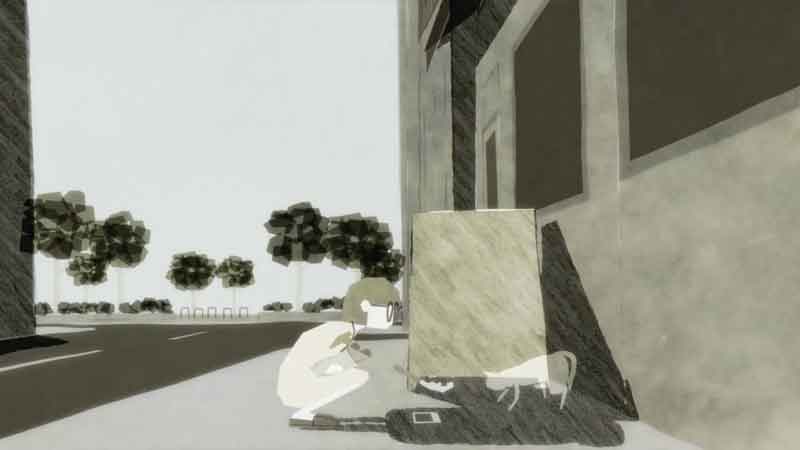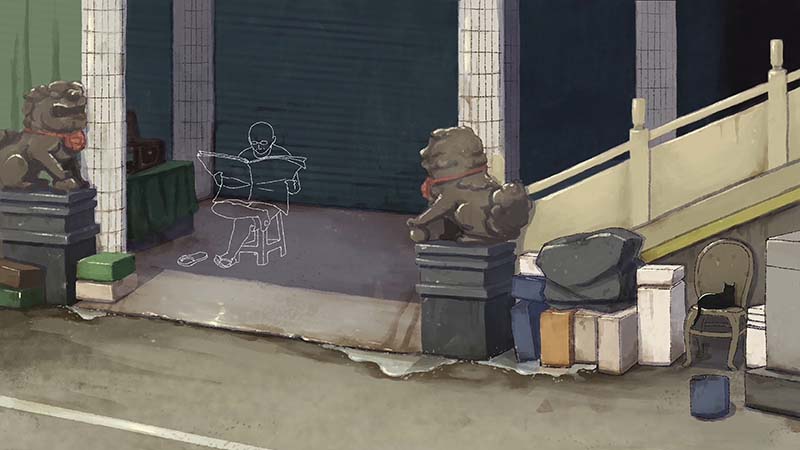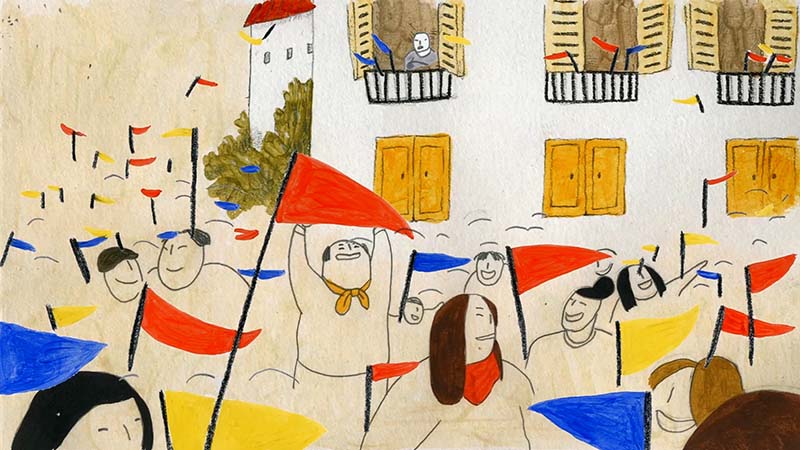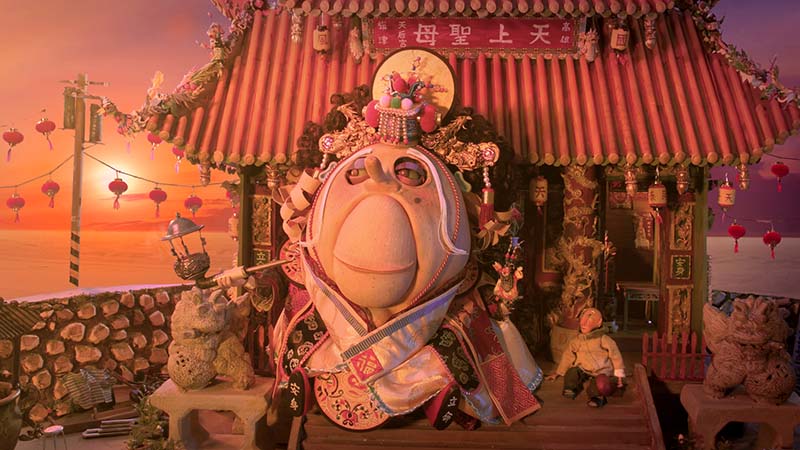Programme overview: Formosa Fantastica Shorts at NIFFF
This year’s milestone 20th edition of Neuchatel International Fantastic Film Festival puts its spotlight on the Taiwanese cinema through the programme section Formosa Fantastica where we can find both feature-length and short fantastic and genre films. The shorts, all of them animated and coming from the last five years span, are carefully selected and collected in a single slot whose total runtime is around one hour, which seems to be the right measure for the viewers to get acquainted with the contemporary tendencies of the Taiwanese animated cinema.

Cats might rule over the internet overall, but they also have their well-earned significant place in the Taiwanese animation. Redic Hsu’s Wander in the Dark (2016) is actually quite straight about it, as it shows the stressful city life from the perspective of a stray cat. Its simple animation with clean lines and occasional simulations of tracking shots serves its purpose completely, while the ever-changing, borderline flashing colour scheme of the backgrounds emphasizes the feeling of stress and insecurity a stray cat might feel in a big city. Hsu communicates with the audience directly on two occasions, at the very beginning and at the end, by quoting a couple of sentences from Natsume Soseki’s novel I Am a Cat that sounds pretty haiku-like in the new context.

The other cats-themed animated fantastic short is Liu Kuan-Wen’s As Usual (2018). At first, the setting seems similar, the busy city centre, the temple, the shops, restaurants and parlours around it and the labyrinth of streets around. People go about their business, while the black cats are trying to get into the restaurant kitchen to look for food. However, something glitters from the sewer shaft, attracting them and causing them to change their usual behaviour. One might argue that As Usual is also a film from a cat’s perspective (the fact that the people and the objects they are using are drawn in a simplified way, with white lines over the coloured background, while the background itself is drawn in more detail and fully coloured supports that claim), so we as the people do not need to understand the complete logic of it in order to feel the cats’ struggle to survive in the world full of danger.

The other common topic of this segment is the solitude. The cat from Wander in the Dark feels it, and the people feel it, too. Solitude comes with the territory of the job of the lighthouse keeper in Huang Liang-Hsin’s Long Land (2017), but it does not make it any easier for the aforementioned keeper. Located just off the shore of a coastal town with which the lighthouse is connected by a narrow, long stretch of land, the man craves for human company, while the people just come by and go away. He rushes to meet the postman, but he is late for that. He tries to take part in a kite festival even from afar, but the wind takes his kite away. He finally gets the company of men in a small boat caught by the storm, but the day after, when the storm is over, they go away too. Simply drawn, with highlights in wax colours, dialogue-free and accompanied by a moody soundtrack on saxophone and piano, Long Land is a deeply personal elegy.
The personal and the societal tragedy come together in Huang Yun-Sian’s and Tsai Yi-Chin’s Where Am I Going (2018) that follows one day in the life of an elderly man forsaken and forgotten both by his family and by the society. Apart from the daily struggle of the exhausting efforts to find work as a windows and screens repair man, he gets informed that his house by the train tracks is going to be torn down and that he has to find another place to live. His eyesight is fading, so he has delusions and waking nightmares and even the gods have their day off on that day. Where Am I Going is an ambitious work of social criticism and also quite deft and crafty when it comes to technique. Clay figurines for the characters and models for the background are detailed and impressive, perfectly captured by the cinematography of Tsai Yi-Chin and Liao Pei-Yu, while the sound design by David Chen and the combination of the traditional and neoclassical music by Alexander Wu and Chiang Chien-Hsing fill the landscape and dictate the emotion.
The only way to beat loneliness is the loyalty between friends, even if the complete world falls apart. On that cheerful note, Yu Yu opens his sculptures animated short film Daisy (2018). The girl and her robot that used to be a film projector play with shadows. She is a mischievous and energetic little creature and he does his best to serve, protect and entertain her. Curious as she is, she goes from their underground shelter to a nearby house populated exclusively by working robots designed in the so-called Used Future style. The planes fly over and chaos ensues, the girl goes missing and her robot is willing to do anything to find her. The design of the film is impressive, the clarity of communication is commendable, especially without the dialogues, but the abrupt shift of the mood half-way through the film is simply marvellously done. Daisy has been a guest of many specialized festivals and has won some awards for a good reason and this might not be the end of its festival tour.

Film still from ‘Where Am I Going’. Courtesy of NIFFF 
Film still from ‘Daisy’. Courtesy of NIFFF.
















